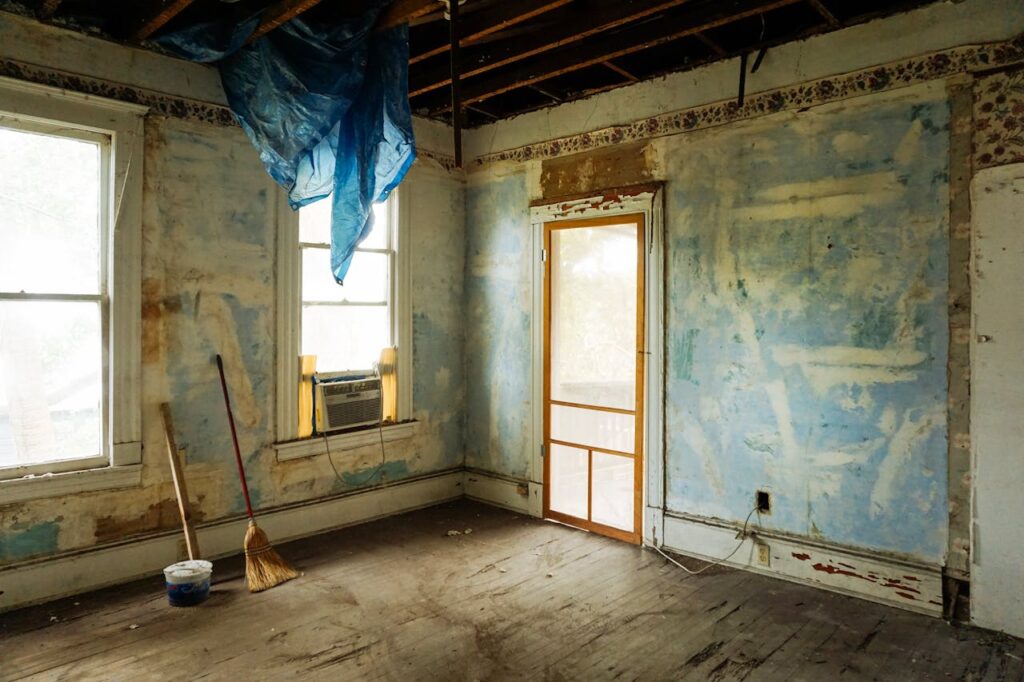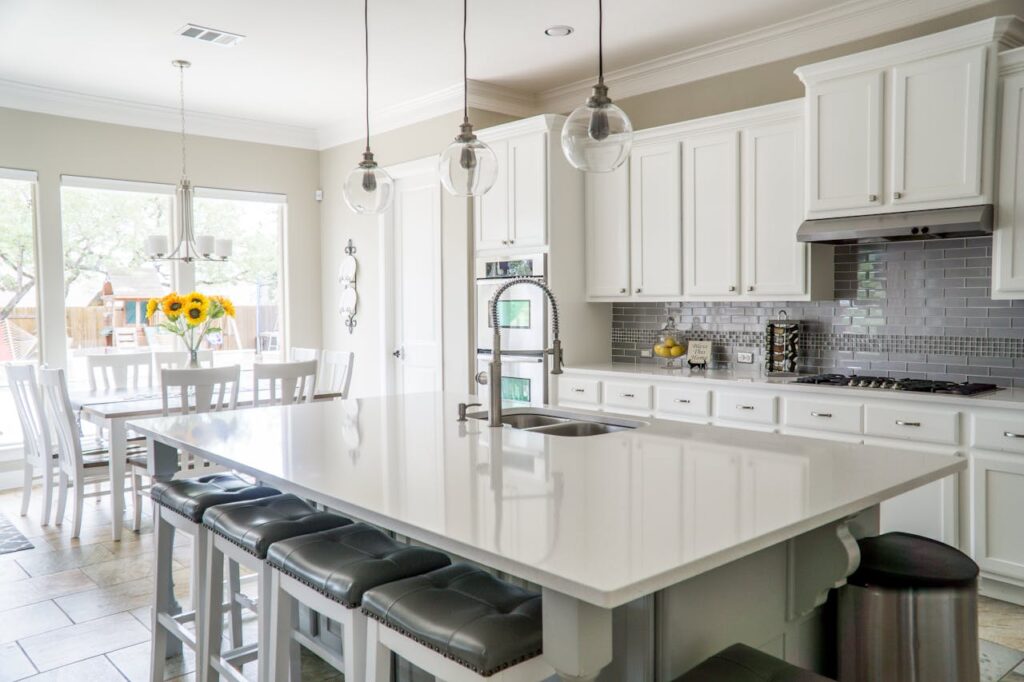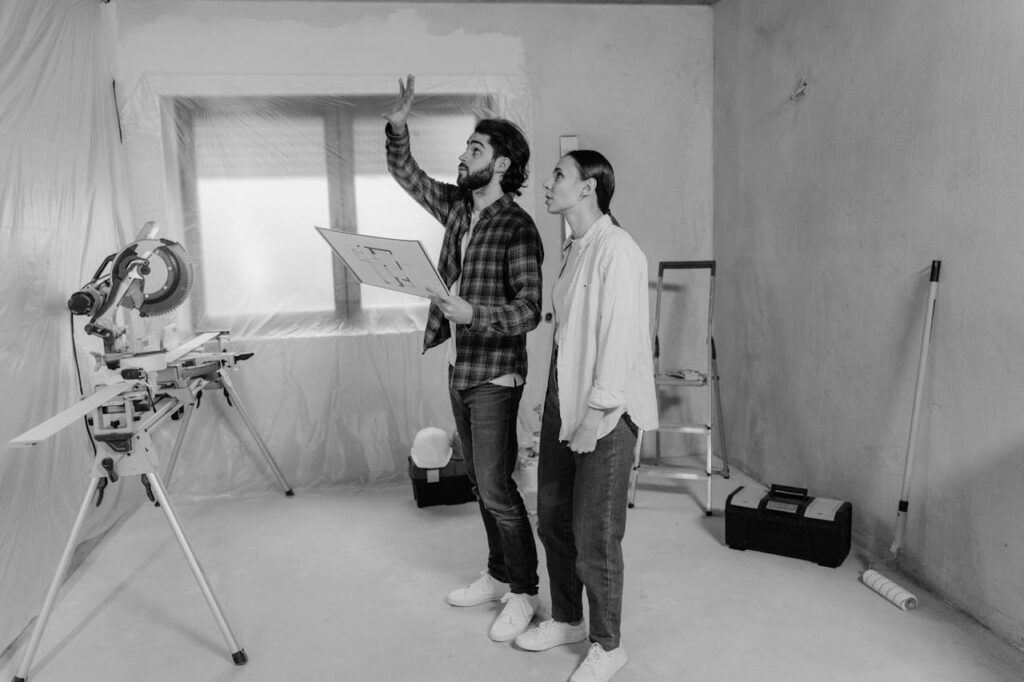The Ultimate Guide to Home Renovation: Costs, Ideas, and Planning

Home renovation is an exciting yet complex process that can transform your living space, improve functionality, and increase the value of your property. Whether you’re looking to modernize your kitchen, expand your living room, or revamp your entire home, proper planning, budgeting, and execution are essential to ensuring a successful renovation project. In this ultimate guide, we will walk you through the key aspects of home renovation, from understanding the costs involved to exploring creative ideas and tips for effective planning.

Understanding Home Renovation Costs
The cost of a home renovation can vary widely depending on the scope of the project, the quality of materials, and your geographic location. Here’s a breakdown of typical costs for common renovation projects:
a. Room-Specific Renovations
- Kitchen Renovation: One of the most popular and impactful renovations, a kitchen remodel can cost between $15,000 and $50,000 or more, depending on the size, materials, and complexity of the project. High-end appliances, custom cabinetry, and luxury countertops can significantly increase the budget.
- Bathroom Renovation: A bathroom remodel usually ranges from $10,000 to $30,000. Factors such as plumbing upgrades, premium fixtures, and tile work contribute to the overall cost.
- Living Room/Family Room Renovation: If you’re considering updating the flooring, painting, or adding new built-ins, a living room renovation might cost anywhere between $5,000 and $20,000.
- Bedroom Renovation: Renovating a bedroom can be more affordable, generally falling between $2,000 and $15,000, depending on upgrades such as flooring, lighting, and closet space.
b. Whole-House Renovation Costs
For a full-scale home renovation, costs can range from $50,000 to $150,000 or more, depending on the size of the home and the extent of changes. Structural changes like removing walls, expanding rooms, or updating HVAC and electrical systems will add to the overall budget.
c. Additional Cost Factors
- Labor: Labor costs typically account for 30-50% of the total renovation budget. Hiring skilled professionals—such as electricians, plumbers, and carpenters—is crucial for ensuring quality work.
- Permits: Depending on your location and the scope of work, you may need permits for renovations. Fees can range from $500 to $3,000 or more, depending on the type of project and local regulations.
- Unexpected Costs: Always set aside a contingency budget of 10-20% for unexpected issues like structural repairs, mold removal, or unforeseen delays.

Creative Home Renovation Ideas
Once you have a sense of your budget, it’s time to explore renovation ideas that align with your goals. Here are some popular and creative renovation ideas to inspire your next project:
a. Open Floor Plans
Open floor plans continue to be a top trend in home design. By removing non-load-bearing walls, you can create a more spacious, light-filled environment that enhances the flow of your home. This is particularly popular for connecting kitchens with dining or living areas, creating a more social and functional space.
b. Kitchen Islands and Breakfast Nooks
Incorporating a kitchen island can add storage, seating, and prep space, making your kitchen more functional. Adding a cozy breakfast nook by a window can create a charming space for casual dining while maximizing unused areas.
c. Energy-Efficient Upgrades
Energy efficiency is not only eco-friendly but also cost-effective in the long run. Consider installing energy-efficient windows, upgrading to LED lighting, or adding solar panels. Replacing old appliances with ENERGY STAR-rated models can significantly reduce your energy bills over time.
d. Smart Home Features
Smart home technology is becoming increasingly popular, offering convenience and increased home value. Consider integrating smart thermostats, lighting systems, or security systems that can be controlled via your smartphone.
e. Outdoor Living Spaces
Expanding your living space to the outdoors is a great way to add value and enjoyment to your home. Decks, patios, and outdoor kitchens are popular upgrades that can turn your backyard into a functional and stylish extension of your indoor living areas.
f. Custom Storage Solutions
Clutter can make even the most beautiful home feel cramped. Consider adding built-in shelving, custom closets, or under-stair storage solutions to keep your home organized and efficient.

Planning for a Successful Home Renovation
Effective planning is the key to any successful home renovation project. Here’s a step-by-step guide to ensure that your renovation runs smoothly from start to finish.
a. Set Clear Goals
Before starting any renovation, define your objectives. Are you looking to increase your home’s resale value, improve functionality, or modernize your space? Understanding your goals will help you prioritize aspects of the renovation and allocate your budget accordingly.
b. Create a Realistic Budget
Establish a comprehensive budget that includes materials, labor, permits, and a contingency fund for unexpected expenses. It’s also important to get multiple quotes from contractors to ensure that you are getting fair pricing.
c. Hire the Right Professionals
Depending on the scope of your renovation, you may need to hire architects, contractors, or specialized tradespeople. Take the time to vet contractors by checking references, reading reviews, and reviewing past work. Make sure to communicate your expectations clearly and establish a timeline for the project.
d. Obtain Necessary Permits
Many home renovations require permits, especially for structural changes, electrical work, or plumbing updates. Failing to obtain the necessary permits can lead to fines, delays, and even forced removal of completed work. Be sure to check with your local government or contractor about permit requirements.
e. Focus on Functionality
While aesthetics are important, don’t forget about the functionality of your space. Consider how you use each room and design it accordingly. For example, in a kitchen renovation, prioritize ample counter space and efficient workflow. In a bathroom, consider accessibility and storage.
f. Stay Organized and Flexible
A home renovation is a complex process with many moving parts. Keep track of expenses, timelines, and communication with contractors in a dedicated folder or app. Remember that flexibility is key—delays and changes are common, so be prepared to adjust your plans as needed.
Conclusion
Home renovation is a worthwhile investment that can improve both the aesthetics and functionality of your home while increasing its value. By understanding the costs involved, exploring creative renovation ideas, and carefully planning each phase of the project, you can ensure a successful renovation experience. Whether you’re updating a single room or remodeling your entire house, taking a strategic approach will help you achieve the home of your dreams while staying on budget.

